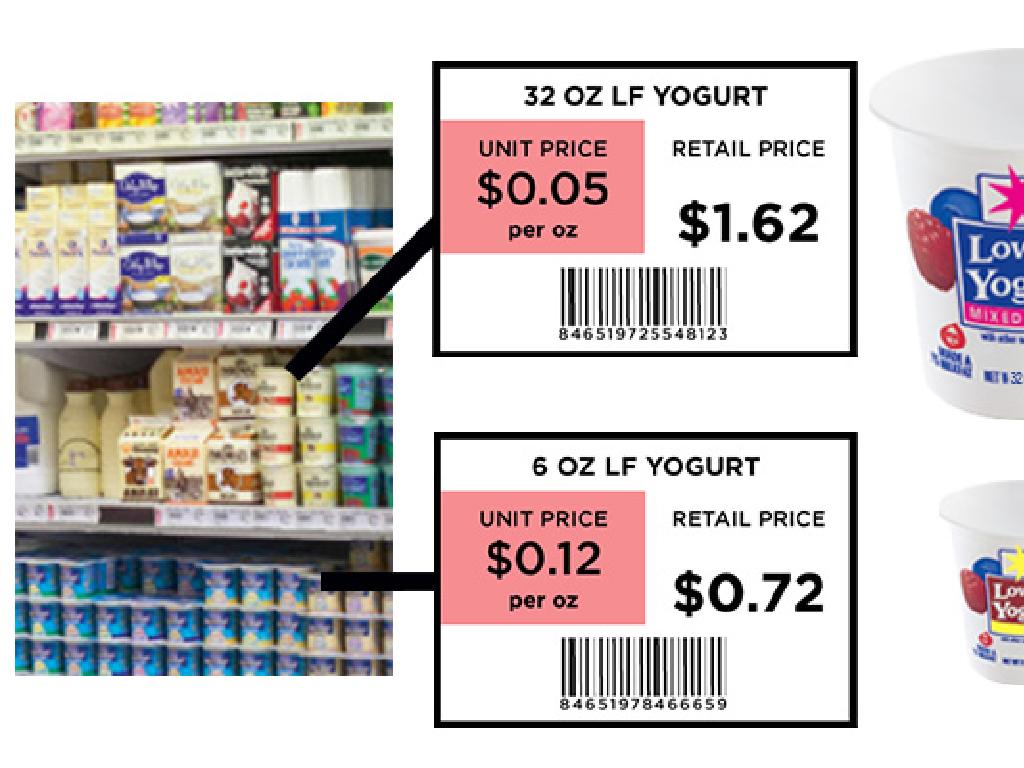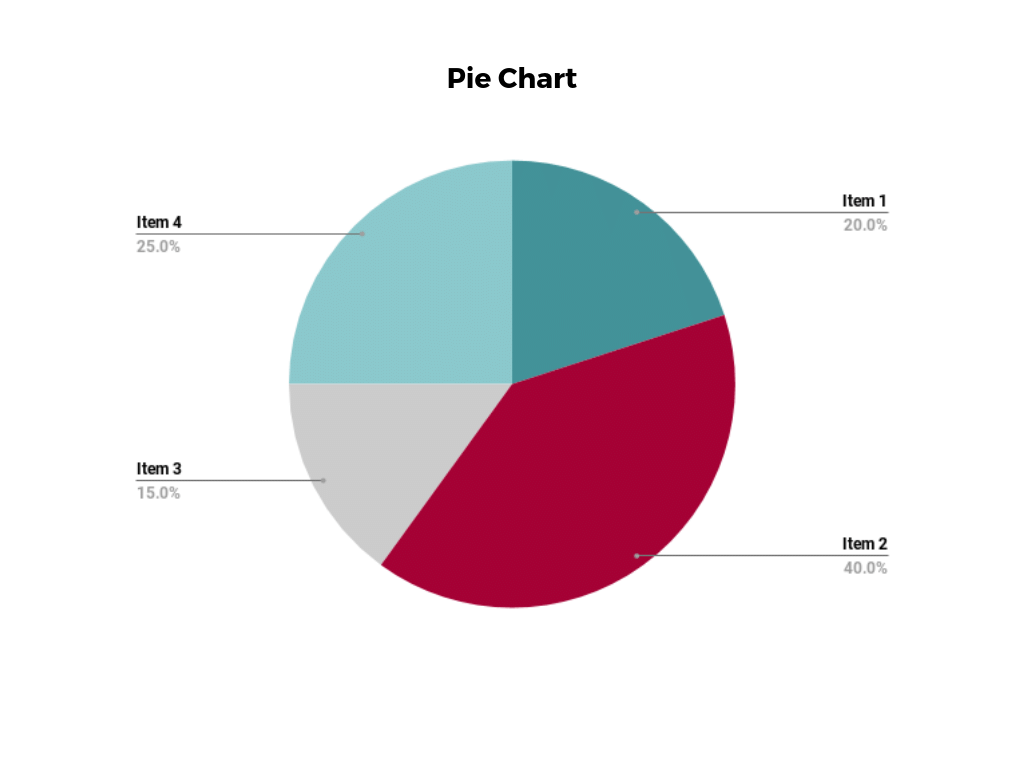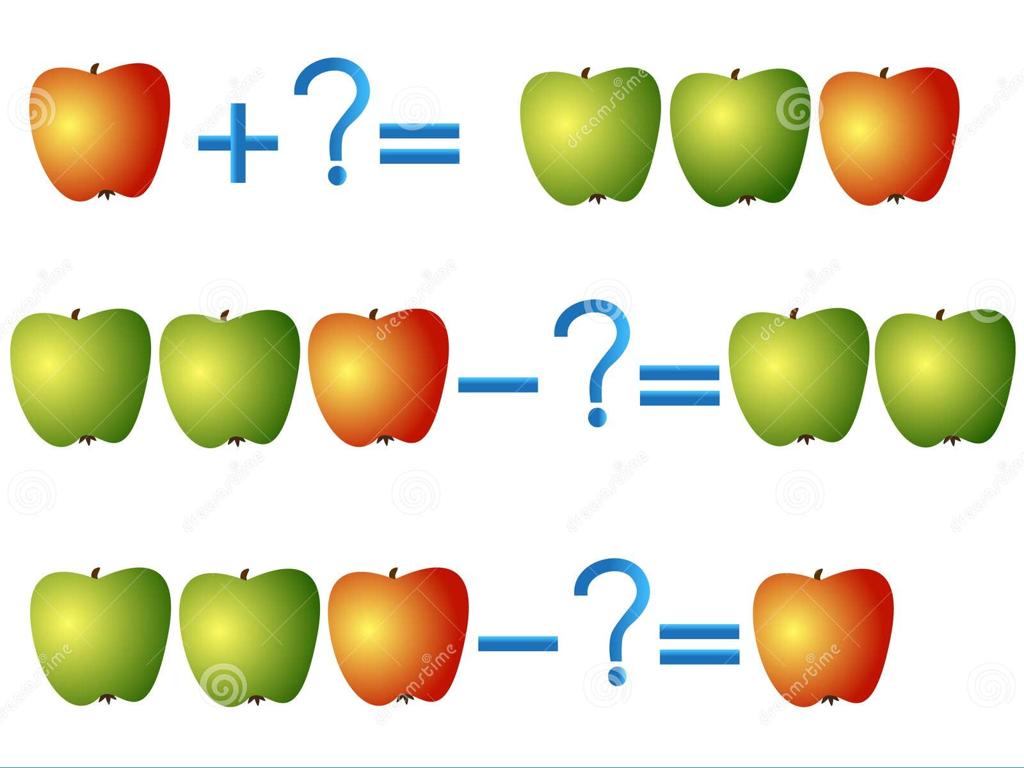Dilations: Graph The Image
Subject: Math
Grade: Eighth grade
Topic: Transformations And Congruence
Please LOG IN to download the presentation. Access is available to registered users only.
View More Content
Dilations: Resizing in Art and Nature
– What are dilations?
A transformation that resizes objects proportionally.
– Dilations in geometry
Dilations change the size but not the shape of figures.
– Dilations in art and nature
Examples: fractals in snowflakes, zooming in on a painting.
– Properties of dilated figures
Dilated figures maintain their shape and angles.
|
Today’s lesson on dilations will explore how this concept of transformation is applied in both geometry and the real world. Dilations involve resizing an object while keeping its proportions and shape consistent. This can be seen in various aspects of art and nature, such as the repeating patterns in fractals or the way a camera zoom can change the size of an image without altering its shape. Understanding dilations helps students grasp the idea of scale and proportion, which are fundamental in many fields, including art, architecture, and biology. Encourage students to think of other examples where they encounter dilations in their daily lives.
Understanding Dilations in Geometry
– Define dilation in geometry
– A transformation changing size, not shape
– Key components: scale factor and center
– Scale factor determines size; center is fixed point
– Dilations: enlargements or reductions
– Enlargements multiply original size; reductions divide
– Impact on size, not shape
|
Dilations are a type of transformation in geometry that alter the size of a figure without changing its shape. The scale factor is a multiplier that enlarges or reduces the figure, while the center of dilation is the point about which the figure is enlarged or reduced. It’s crucial to emphasize that dilations can create a larger image (enlargement) or a smaller one (reduction), but the proportions of the figure remain consistent. Instruct students on how to apply the scale factor to the coordinates of the original figure to find the coordinates of the image. Provide examples of both enlargements and reductions, and have students practice plotting dilated figures on a graph to reinforce the concept.
Understanding Scale Factor in Dilations
– Scale factor definition
– The multiplier that scales, or changes, the size of an object.
– Scale factor > 1 enlarges
– If scale factor is 3, the image is 3 times larger than the original.
– 0 < Scale factor < 1 reduces
– A scale factor of 0.5 means the image is half the size of the original.
– Scale factor application
|
The scale factor is a crucial concept in understanding dilations in geometry. It is the ratio that describes how the size of the object changes during the dilation process. A scale factor greater than 1 means that the image will be larger than the original figure, indicating an enlargement. Conversely, a scale factor between 0 and 1 signifies a reduction, where the image will be smaller than the original. It’s important for students to grasp this concept as it applies to various geometric transformations. In class, practice with different scale factors to see how they affect the size of the image, and ensure students can calculate and apply scale factors to graph dilated images accurately.
Identifying the Center of Dilation
– Define center of dilation
– Fixed point in plane determining expansion/contraction of points
– Center’s impact on dilation
– The position of the center changes how the image is dilated
– Compare center at origin
– When center is at origin (0,0), dilation is uniform in all directions
– Contrast with other centers
– A center away from origin alters dilation direction and scale
|
The center of dilation is a crucial concept in understanding dilations in geometry. It’s the point about which all other points on the plane expand or contract. The position of this center is vital as it determines the direction and scale of the dilation. For example, if the center is at the origin, the image will scale uniformly in all directions. However, if the center is at a different point, the dilation will occur towards or away from that point, affecting the image’s proportions and orientation. Encourage students to practice by graphing dilations with different centers and observing the outcomes. Provide examples with coordinates to illustrate the effect of changing the center’s position.
Graphing the Image of a Dilation
– Plot the original figure
– Place the original shape on the graph
– Determine the center of dilation
– The fixed point about which the figure expands or contracts
– Use the scale factor for coordinates
– Multiply original coordinates by the scale factor
– Connect points to complete the image
– Draw lines between the dilated points to form the new shape
|
This slide introduces students to the process of graphing the image of a dilation, a type of transformation in geometry. Start by plotting the original figure on a coordinate plane. Next, identify the center of dilation, which is the point that remains fixed while other points move closer or farther away depending on the scale factor. Then, use the scale factor to calculate the coordinates of the image by multiplying the original coordinates by the scale factor. Finally, connect the dilated points to complete the image. Ensure students understand that the scale factor determines how much the figure is enlarged or reduced and that the shape of the image is similar to the original figure. Provide examples with different scale factors and centers of dilation for practice.
Dilation in the Coordinate Plane
– Calculating dilated image coordinates
– Applying the scale factor k
– Multiply original coordinates (x, y) by k to get (kx, ky)
– Dilation example: scale factor 2
– If k=2, point (3, 4) becomes (6, 8)
– Practice with origin as center
– Use graph paper to plot original points and dilated image
|
This slide introduces students to the concept of dilation in the coordinate plane, a type of transformation in mathematics. Students will learn how to calculate the coordinates of a dilated image by applying a scale factor. The scale factor, denoted as k, is used to multiply the original coordinates (x, y) to obtain the new coordinates (kx, ky). For example, with a scale factor of 2, a point at (3, 4) would be transformed to (6, 8). The class will practice this concept by performing a dilation with a scale factor of 2, using the origin as the center of dilation. Encourage students to use graph paper to accurately plot the original points and their corresponding dilated images to visualize the transformation.
Real-World Examples of Dilations
– Dilations in photography
– Zooming alters the size but not the shape
– Architectural scale models
– Miniature replicas with proportional dimensions
– Nature’s dilations: shells & flowers
– Spirals in shells and flowers show natural expansion
– Understanding dilations’ impact
|
This slide aims to show students how the mathematical concept of dilations is applied in real-world scenarios. Dilations involve resizing an object without altering its shape, which is a key function in photography when zooming in and out. Architects use dilations to create scale models that are proportional to the actual buildings. Nature provides beautiful examples of dilations, such as the spirals in shells and flowers, which expand proportionally. Understanding how dilations work in these contexts will help students grasp their significance and application in various fields. Encourage students to think of other examples where dilations might be observed in their daily lives.
Class Activity: Let’s Practice Dilations!
– Receive a coordinate grid and shapes
– Choose a scale factor and center
– Graph the original and dilated shapes
– Discuss changes in position and size
Did the shape get larger or smaller? Did it move?
|
In this activity, students will apply their knowledge of dilations by working with a coordinate grid and a set of predefined shapes. Provide each student with the necessary materials. They will select a scale factor for the dilation, which determines how much the shape will be enlarged or reduced, and a center of dilation, which is the fixed point that the shape will be dilated from. Students will then graph both the original shape and its dilation on the grid. After completing the activity, students will share their results with the class, discussing how the position and size of the shape changed due to the dilation. This will help them visualize the concept of dilations and understand its effects on geometric figures. Possible activities include dilating shapes by different scale factors, using different centers of dilation, or even exploring the effect of negative scale factors.
Understanding Dilations: Recap and Homework
– Review of dilation concepts
Recall the definition, properties, and how to graph dilations.
– Significance of dilations
Dilations are used in fields like architecture, art, and technology.
– Homework assignment
Find a real-life dilation, note the scale factor and center point.
– Applying knowledge to real-world
|
As we conclude today’s lesson on dilations, it’s important to recap the key concepts: the definition of dilation, properties of dilated figures, and the process of graphing them. Understanding dilations is crucial as they apply to various real-world fields such as architecture, where they help in designing scaled models, or in art, where they contribute to perspective drawing. For homework, students are tasked to find an example of dilation around them, describe its scale factor, and identify the center. This activity will help solidify their understanding by connecting mathematical concepts to everyday life. Encourage students to be creative and share unique examples in the next class.






